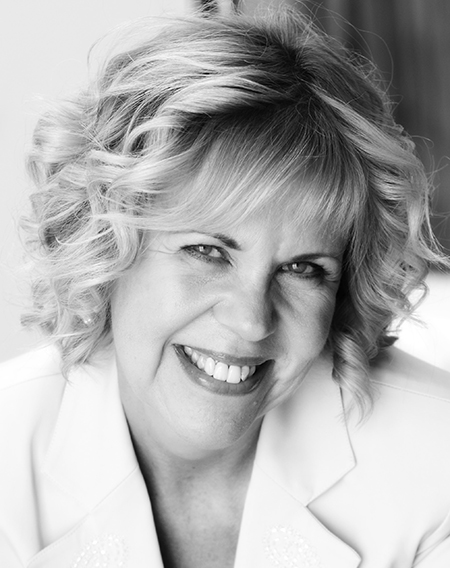Invention and innovation are two separate concepts, and the difference is important, especially to aspiring entrepreneurs.
This was one of the key messages to emerge from an entrepreneurship workshop for women, titled “The entrepreneurial woman – building an innovative enterprise”.
Leonie Greyling, senior manager in enterprise development at the North-West University (NWU), presented the workshop on 25 January 2022 as part of the activation of the Student Women Economic Empowerment Programme (Sweep).
Sweep is aimed at equipping female students for entrepreneurial activity and is an initiative of the Entrepreneurship Development in Higher Education (EDHE) Programme launched in October 2021.
Leonie advised the workshop participants to distinguish between “invention” and “innovation”, as the two concepts had different implications for entrepreneurship.
“Invention is not necessarily innovation,” she said, defining invention as the creation of something new, whereas innovation means the creation and implementation of something new in such a way that it creates value.
When Leonie asked the attendees what came to mind when they heard the word “innovation”, a few of them responded by saying innovation is when you do something new, through sustainable, novel ways of doing things differently, as well as being forward thinking and breaking boundaries.
Turning inventions into innovations
“Inventions do not become innovations because they are not implemented and therefore never generate any value. On the contrary, inventions that are turned into innovations go on to improve people’s lives and often help society to solve a need better than existing solutions,” Leonie explained.
As an example, she cited the first versions of the light bulb. These versions did not last long and therefore failed to generate value. Years later, Thomas Edison came up with a much better light bulb that proved to be a lot more useful to society. Edison’s product therefore represented innovation, Leonie said.
She further illustrated her point by giving examples of companies that had proven themselves innovative. These included Uber, which had transformed the taxi business; Airbnb, which reshaped the accommodation industry; Amazon, which fundamentally altered retail; Facebook, which established the social network market; and Netflix, which had totally changed the movie rental industry with its streaming service.
Identifying opportunities for innovation
Leonie pointed out situations in life that present innovation opportunities. She said for every successful product or service offering, there are countless ways to make it better. “Think of companies that you admire and imagine how you could improve their products.”
She suggested four factors to keep in mind when thinking about how to improve a product:
- Is there a more convenient way of delivering an existing service? For example, Uber offers a convenient, reliable and safe way to hail a taxi.
- Is there a location gap that I can fill? Didi invented a platform along the lines of Uber’s to provide a similar service in China.
- Could I make a high-quality equivalent to a leading product and offer it for a fraction of the price? While it takes testing to ensure product quality is not sacrificed for a lower price, finding a way to reduce the cost of an in-demand item could jump-start one’s entrepreneurial journey.
- Could I take an existing offering and improve the customer experience for all or part of the market?
Is it time to pivot?
“It is also important for an entrepreneur to know when to pivot from his or her original idea to meet emerging needs in the market,” said Leonie.
She used the example of the technical revolution that has inspired many entrepreneurs to pivot from their initial businesses and to optimise the opportunities presented by the digital revolution, combined with the Covid-19 pandemic.
Armed with the appropriate knowledge, and the willingness to seek out opportunities, female students can set out on the entrepreneurial path with confidence, turning invention into value-adding innovation.

Leonie Greyling.
